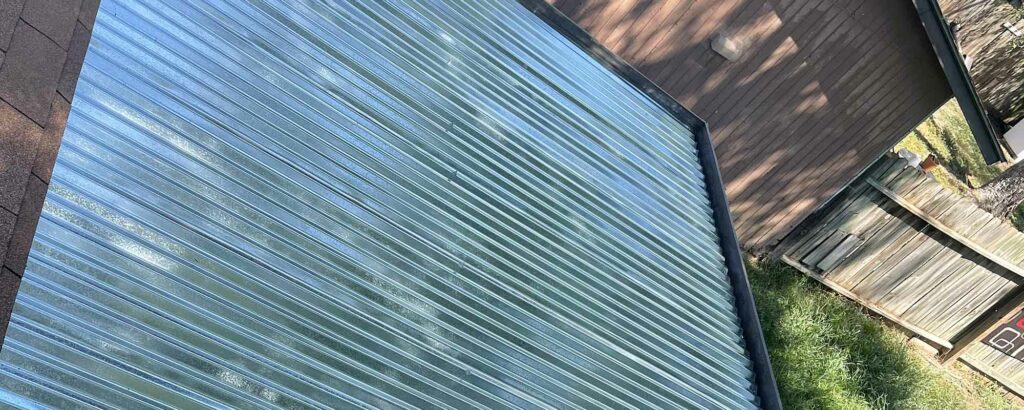
What is the reason for wavy corrugated roofing panels?
The wavy corrugated roofing panels are designed in such a way that they can efficiently transfer water and rainwater from a roof. The water is not allowed to accumulate on the roof, but is sent down through the spaces in the corrugated panels. The corrugations at the top of the panels are slightly higher than the ones below, so that water is directed towards the lower part of the panels. The corrugated roofing panels are designed to be strong enough to resist high winds and other forces of nature. Their wavy design ensures that they are effective and attractive as well.
How are corrugated roofing panels made?
To make corrugated roofing panels, the corrugated sheets are joined together at the top and bottom edges to make a panel of the desired length. The sheets are then placed over a mould that has indentations, creating the corrugated pattern. The pattern on one side is the mirror image of the other side. When the corrugated roofing panels are ready, they are sent to the roofing site for installation. The panels are placed on the roof in an alternating pattern with the ridges facing up. The panels are fixed with nails or screws at their top and bottom ends.
Why does the curvature increase at the ends?
If you notice the corrugated panels, you will find the curvature increasing towards the ends. This is done to increase the water-holding capacity of the panels. The panels are designed to withstand high wind pressure and protect the structure from damage. They are made of strong and durable material. In a corrugated roofing panel, there are grooves or valleys created between the corrugations. The grooves act as channels that direct accumulated water towards the valleys of the lower panels. It takes some time for the water to reach the valleys, which is why the ends are made higher. Once the water reaches the valleys, it flows down towards the foot of the roof.
Why are the panels not totally straight?
The corrugated roofing panels are made with a slight curve to them. The panels are stronger if they are straight, but the curved panel is more attractive and convenient to use. A curved panel is easier to cut and fit as compared to a straight panel. It can be installed easily with the help of a hammer tacker or a screw driver. The slight curve in the corrugated panels also makes them long lasting. Even after a few decades, there is no sign of wear and tear on these panels.
How are wavy panels fixed on a roof?
When installing corrugated roofing panels, it is important to place them in an alternating pattern. The ridges of the panels should be facing upwards. The panels should be placed at an equal distance from each other and the edges of the panels should line up with the edges of the roof. The edges of the corrugated panels are fixed with nails or screws at their top and bottom ends. The nails or screws should be hammered into the roof at an angle. The panels are placed on the roof with their grooves facing upwards.
How can you fix this issue?
If the corrugated panels are not placed in an alternating pattern when the roof is being built, you can fix the issue. The panels will have to be removed from the roof and then reordered into an alternating pattern. Once the panels have been removed, they must be replaced as soon as possible because the weather can cause them damage if they are left out for too long. It is better to get the job done as soon as possible because once the panels are installed, they cannot be removed again.
Summary
There are several reasons why corrugated roofing panels are wavy. They are designed in such a way that they can direct water from the roof and prevent water from collecting there. The panels are made with a slight curve to them, which makes them stronger and longlasting. If you notice the panels are not placed in an alternating pattern, you can easily fix the issue. Corrugated roofing panels should be installed as soon as they are removed from the roof to prevent damage.